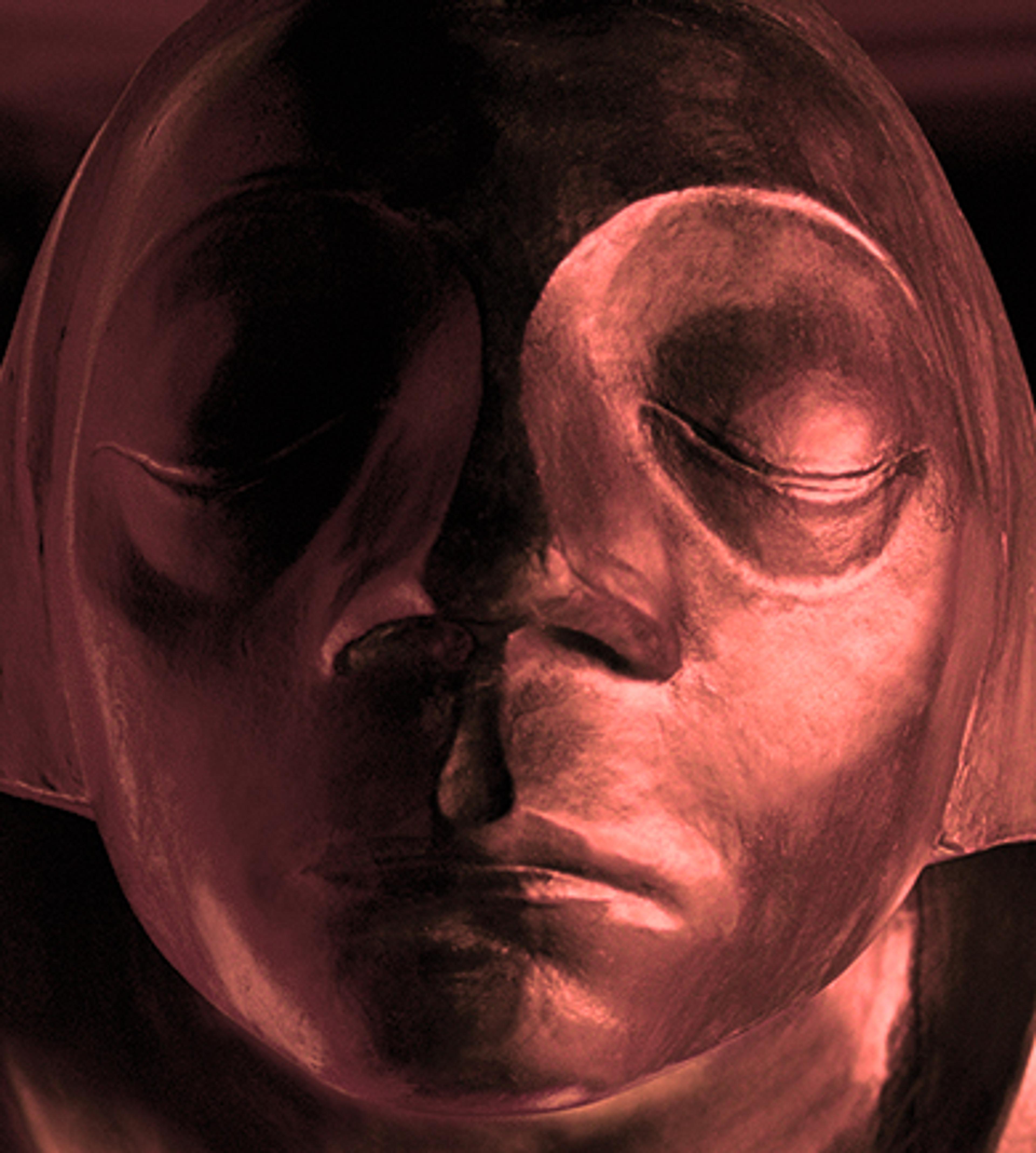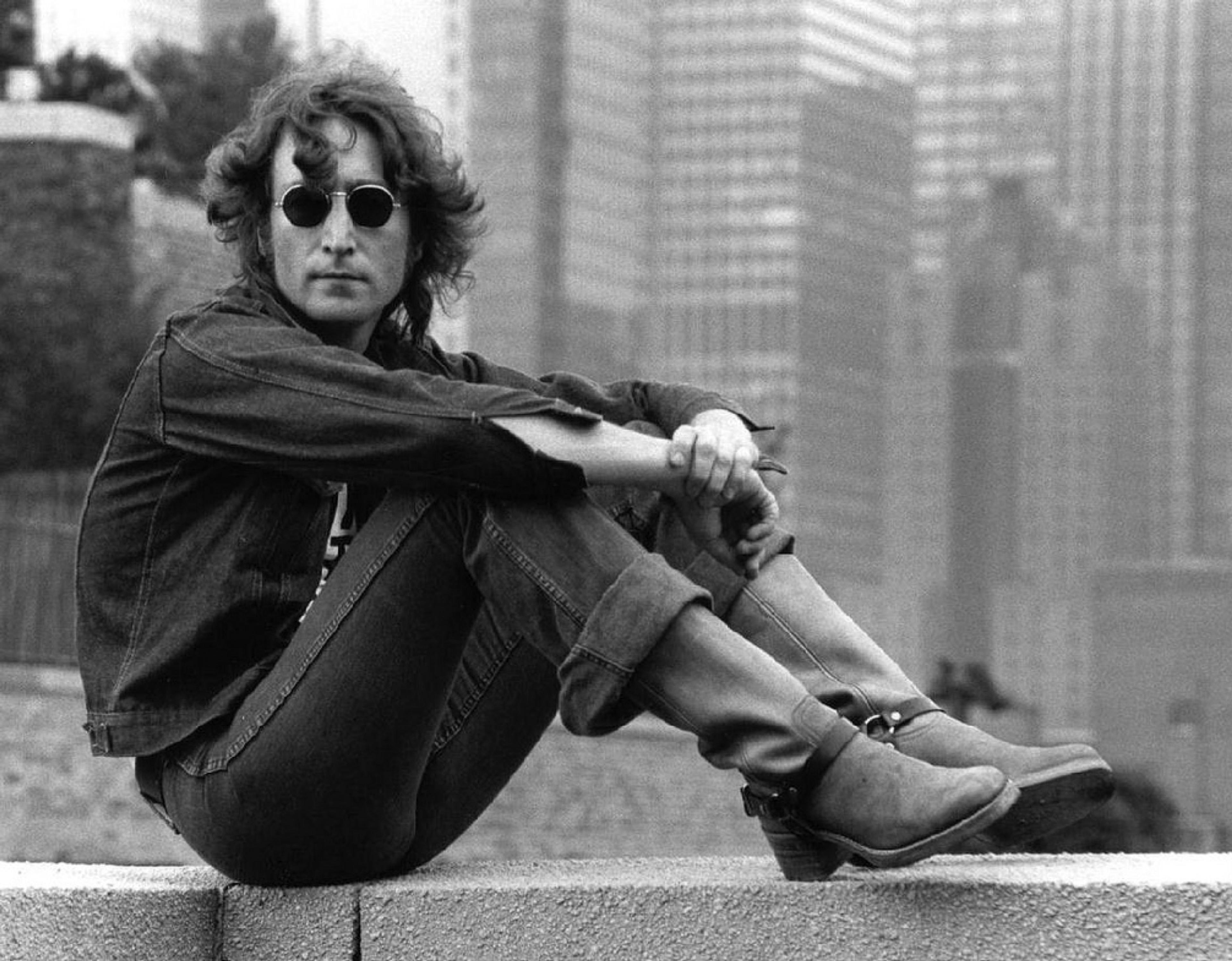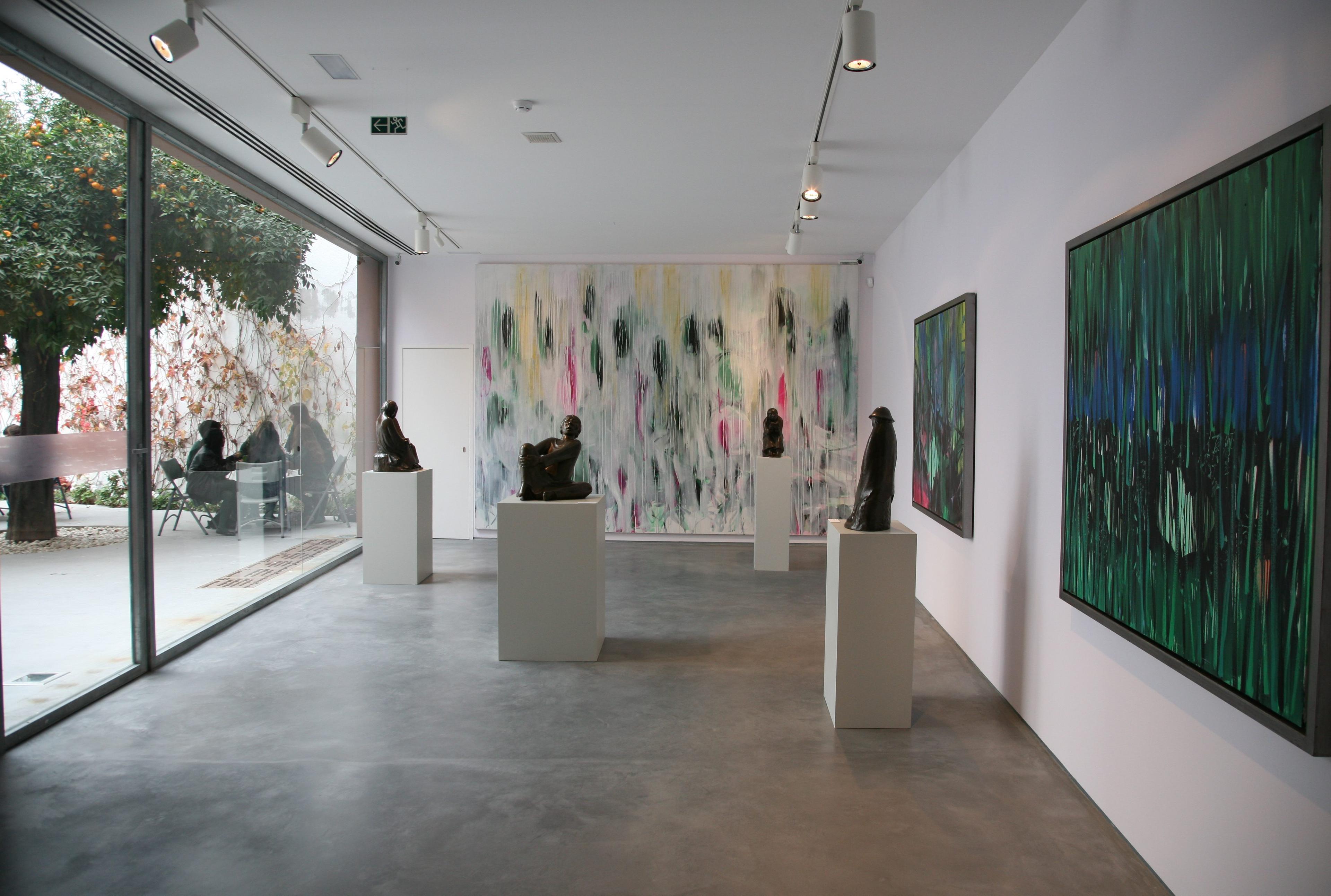
14.05 - 27.08.2017
Ernst Barlach – Kaethe Kollwitz: Beyond the Borders of Existenc
Like Martin Luther in his writings and speeches, Ernst Barlach and Kaethe Kollwitz also addressed the existential questions of their time.
Wittenberg Castle, St. Mary's City Church and Wittenberg Castle Church
Like Martin Luther 400 years earlier in his writings and speeches, Ernst Barlach (1870-1938) and Käthe Kollwitz (1867-1945) addressed the existential questions of their time. We know from diaries and letters of both artists that the Reformer had a certain influence on their work. They used their art to oppose a false concept of growth and progress.
The Industrial Revolution radically changed social, political and economic conditions in the 19th century. The technical and scientific inventions in company with profound transformation processes lead Europe into a new age. Everywhere, artists and writers made the attempt to capture the monstrous in images and words. "God is dead" Nietzsche had already proclaimed in 1882, and a worldview that had provided orientation for centuries collapsed. New values had to be defined, which neither for Ernst Barlach nor for Käthe Kollwitz could be found in the blind attributes of progress "bigger, faster, better and more". On the contrary early on, both conceived their artistic work in contradiction to a reality perceived as cold and shaped by rationalism.
The "new human," the "new world," the "new age" were leitmotifs that accompanied the transition from the 19th to the 20th century in literature and art, and especially the generation of Expressionists in Germany. Both Ernst Barlach and Käthe Kollwitz were loners in their artistic environment. Käthe Kollwitz put her art at the service of a concrete social responsibility and created a wealth of social revolutionary works. Even when dealing with a transcendent subject such as death, her works are close to the human being, reflecting the personal confrontation with the inconceivable, the individual conception of farewell and pain. At the center of her artistic work is the proletariat, those people who live and work in the shadow of progress in the poorest conditions. In realistic and appellative imagery, she indicts a reality that allows such injustices.
Admonishing war and advocating peace certainly remained the greatest merit of both artists. Today they represent an indispensable voice of 20th century German culture. Their worldwide reception leaves no doubt about it. As their works are directed clearly towards the questions about the conditions of human existence, they are still relevant today and are understood on the streets of the world.
On the 500th anniversary of the Reformation, we should also ask what Luther would have said today. For Luther, the grace of charity was above everything. Because we as humans "let this commandment out of our sight and solely pay attention to commerce with its profit or loss, we need so many books, laws, courts, quarrels, bloodshed and all the misery," he wrote. Barlach and Kollwitz carried Luther's ethics into the modern age, giving them lasting form.
An exhibition of the Christian Art Foundation and the Ernst Barlach Society Hamburg. In cooperation with ifa, Institut für Auslandsbeziehungen Stuttgart, Ernst Barlach Museum Ratzeburg, Ernst Barlach Museum Wedel and private lenders.






